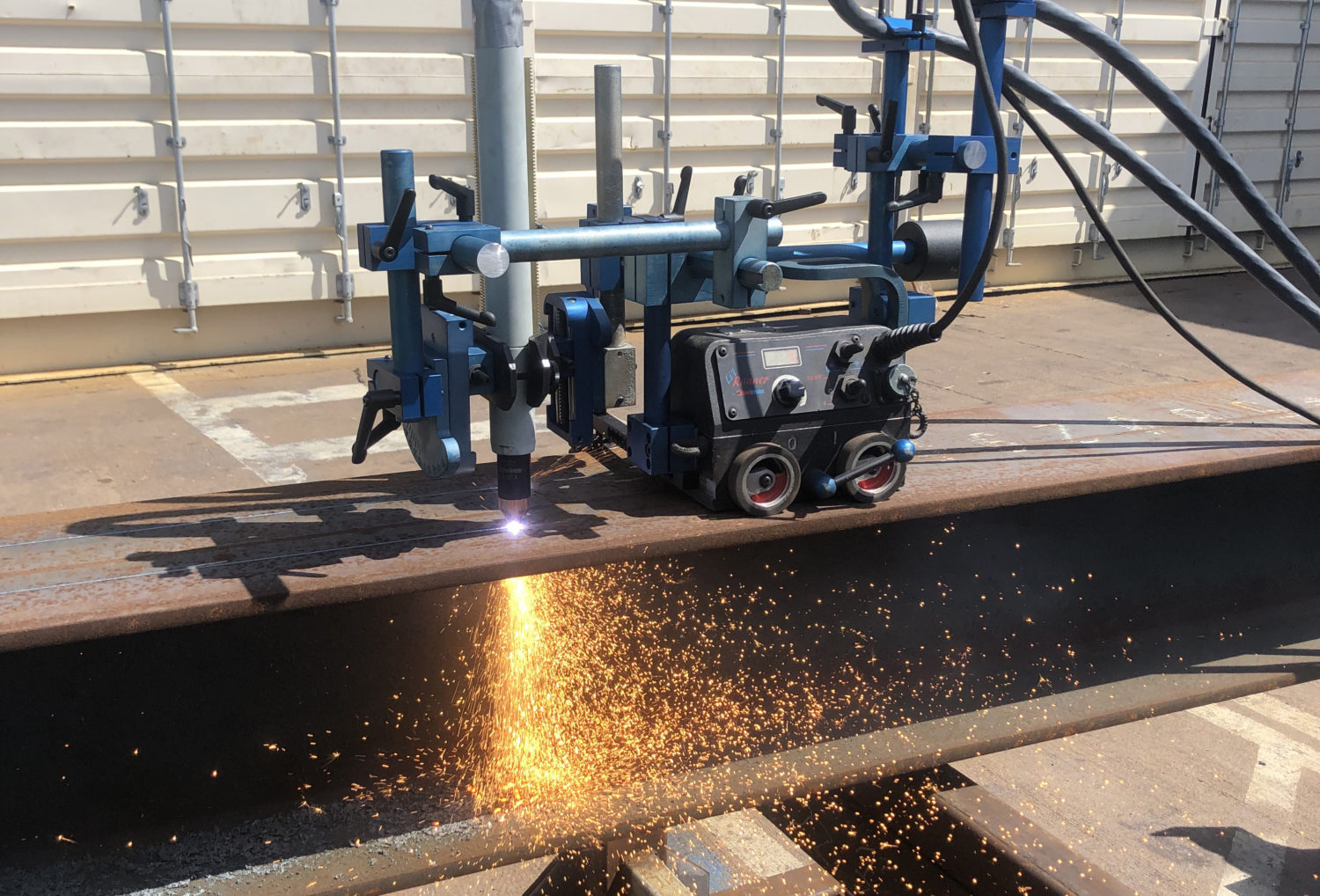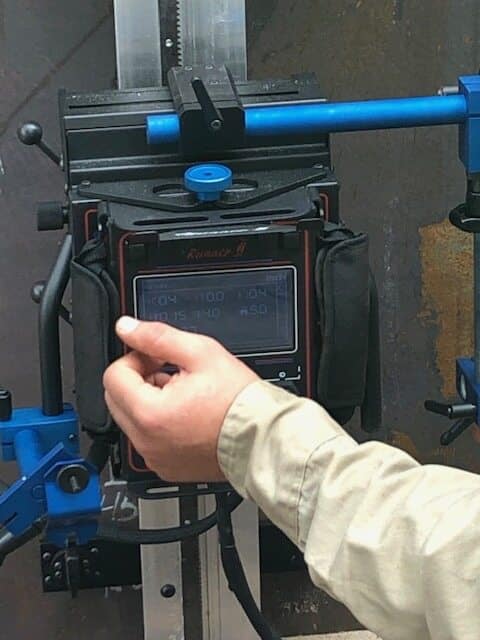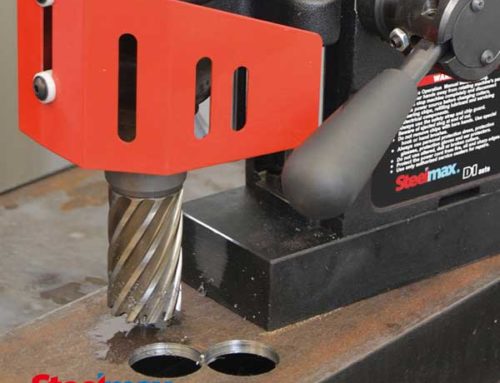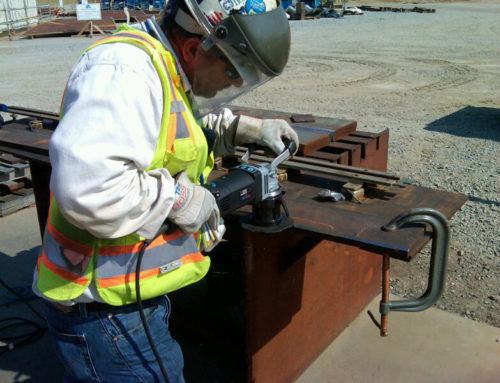Fully automated welding processes are cool and plain fun to watch. Seemingly unattended robots performing their pre-programmed dance can be mesmerizing, but many processes are not suited to being fully automated. Robots can be great for high-volume, low variability production, but when the product mix is lower-volume with high product variability, robots are rarely the answer. In these instances, simple mechanized welding processes have revolutionized the welding industry and have provided numerous benefits over traditional welding methods.

Here are some of the key advantages of using mechanized welding processes:
- Improved Weld Quality and Consistency: Mechanized welding processes are very precise and consistent, leading to higher quality welds with fewer defects. This results in a stronger, more durable final product and reduces the need for costly post-weld inspection and repair.
- Productividad incrementada: Mechanized welding processes can produce a large number of high-quality welds in less time compared to traditional welding methods. This increased productivity helps companies meet deadlines and reduces production costs.
- Better Safety: Mechanized welding processes allow the operator to control the welding process at
a distance from the welding arc, reducing the risk of injury to the welder. Also, since the welding system is moved to the part rather than the other way around, material handling time and expense are reduced while also improving shop safety.
- Flexibility: Mechanized welding processes are easily set up and can be reconfigured quickly for application to a variety of weld and part geometries. The systems are also generally lightweight and compact and can be easily moved to the part to be welded, in the shop or in the field.
- Reduced Waste: Mechanized welding processes minimize the amount of waste generated during the welding process, in both shielding gas and filler metal. This reduces production costs and promotes sustainability.
Mechanized welding processes provide numerous benefits over traditional welding methods, including improved weld quality, increased productivity, better safety, increased efficiency, improved consistency, and reduced waste. These advantages make mechanized welding processes an attractive option for companies looking to improve their welding operations.

 a distance from the welding arc, reducing the risk of injury to the welder. Also, since the welding system is moved to the part rather than the other way around, material handling time and expense are reduced while also improving shop safety.
a distance from the welding arc, reducing the risk of injury to the welder. Also, since the welding system is moved to the part rather than the other way around, material handling time and expense are reduced while also improving shop safety.
